It is generally acknowledged that “The Big Three” have tended to be the market leaders with new and innovative models released for the North American market. However, they have sometimes had to play second fiddle to a motoring minnow that has caught them flat-footed. Such was the story of the Studebaker Lark, a compact that broke new ground and forced the industry powerhouses to develop a suitable competitor. This 1962 Lark is a solid and tidy survivor from the first year of Second Generation production. The new owner could perform a straightforward refresh to lift its presentation, although leaving it untouched would be a valid approach. It is listed exclusively at Barn Finds Auctions.
By the late 1950s, Studebaker’s financial position was perilous, with no funds available to develop a new full-size model. Management took a bold leap of faith, commissioning a compact model utilizing an existing platform and mechanical components. The first cars appeared in 1959, and the timing could not have been better. The American economy faced a slump at that time, and buyers resisted spending money on larger new cars. The compact Lark offered the same seating capacity as larger models but was cheaper and more efficient. Ford, GM, and Chrysler had no viable competitors, meaning Studebaker was the lone operator in that market niche. The Second Generation Lark appeared in 1962 and was more of a facelift than an entirely new model. The company offered several versions, with our feature car 1-of-49,961 four-door sedans produced that year. It wears Riviera Blue paint that is consistent across the entire vehicle. There are no signs of significant patchiness, and it holds a respectable shine for a classic with sixty-one years under its belt. Treating the exterior to a repaint would make a significant difference, but the buyer could perform the work as time and circumstances allow. The panels are free from major bumps and bruises, and there is no evidence of rust. The Lark retains its original hubcaps and exterior trim, and, like the glass, its condition is excellent for a survivor-grade car.
This Lark’s interior is tidy and serviceable for a survivor-grade car, with no flaws requiring urgent attention. It features bench seats that accommodate six, with an AM/FM radio providing in-car entertainment. There are flaws and defects the winning bidder will probably wish to address, but an online search produced surprising results suggesting that lifting the presentation significantly will not break the bank. The seatcovers have splits and seam separations, and I would typically say the cheapest solution would be slipcovers to hide the problem. However, I located a company that manufactures replacement covers to order. I don’t believe their materials perfectly match the original upholstery, but a complete set of covers can be yours for around $350. If the buyer adds a new carpet set for $280, the combination should have a profound impact. The door trims have a few imperfections, but time and patience could be the necessary ingredient to improve the situation. Otherwise, the dash is in good order, the painted surfaces look clean, and the wheel has avoided the cracks that are a common issue. The winning bidder could address the flaws immediately, although enjoying the Lark as its stands during summer and tackling the tasks in the colder months may be a better strategy.
Although buyers in 1962 could order a new Lark with a six under the hood, this car’s original owner selected the 259ci V8 that sends 180hp to the back wheels via a three-speed automatic transmission. Combine the transmission choice with power steering, and this Studebaker should offer an effortless driving experience. It is unlikely to threaten many muscle cars, but contemporary reports quote a 0-60mph time of 15 seconds, reporting that the car will happily cruise all day at 60mph. For potential bidders, the news with this classic is positive. The tidy state of the engine bay is impressive for an unrestored classic of this vintage, and it doesn’t flatter to deceive. The owner indicates it runs well, with a strong engine. It seems that some summer motoring fun is beckoning the winning bidder.
I always look at cars like the 1962 Studebaker Lark and marvel that its creators could produce a vehicle of this caliber for mere pennies. The company was home to a group of creative lateral thinkers, making me wonder what could have rolled off the line if Studebaker had access to a GM or Ford development budget. Sadly, we’ll never know the answer, but classics like this are a fitting reminder of a manufacturer that has disappeared into the pages of automotive history. This Lark is a gem with much to offer a new owner. Would you perform some restoration work or enjoy it as the proud survivor it is? Once you’ve decided, the next step would be to submit a bid. That way, you can make your dream a reality.
- Location: Oklahoma City, Oklahoma
- Mileage: 60,679
- Engine: V8
- Transmission: 3-speed automatic
- VIN: 62V-35152
- Title Status: Clean
Bid On This Auction
 djvthewriter bid $6,000.00 2023-03-14 11:43:02
djvthewriter bid $6,000.00 2023-03-14 11:43:02 Ron bid $2,575.00 2023-03-14 11:28:11
Ron bid $2,575.00 2023-03-14 11:28:11 djvthewriter bid $2,475.00 2023-03-08 13:18:48
djvthewriter bid $2,475.00 2023-03-08 13:18:48 4321shaw bid $950.00 2023-03-08 12:35:25
4321shaw bid $950.00 2023-03-08 12:35:25 sediltz bid $750.00 2023-03-08 12:15:35
sediltz bid $750.00 2023-03-08 12:15:35 4321shaw bid $650.00 2023-03-08 10:29:54
4321shaw bid $650.00 2023-03-08 10:29:54 worknites bid $500.00 2023-03-08 10:00:27
worknites bid $500.00 2023-03-08 10:00:27 MartyB bid $225.00 2023-03-08 04:50:01
MartyB bid $225.00 2023-03-08 04:50:01 JPC bid $125.00 2023-03-07 14:48:47
JPC bid $125.00 2023-03-07 14:48:47
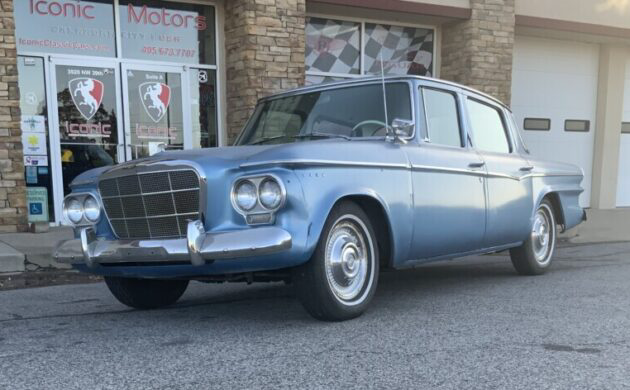
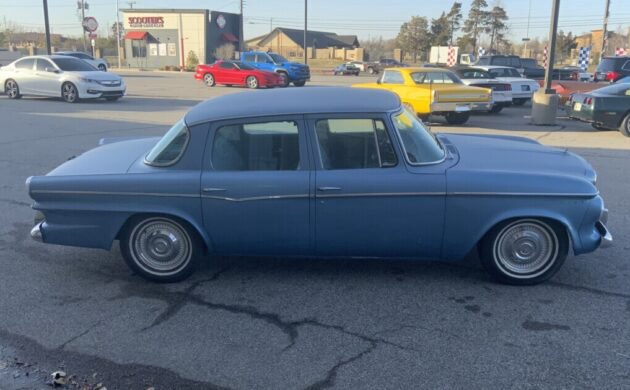
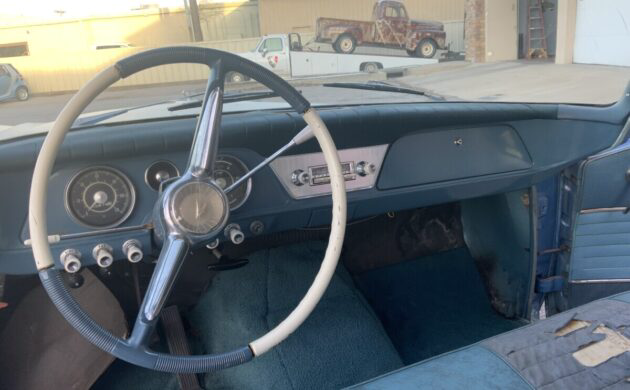
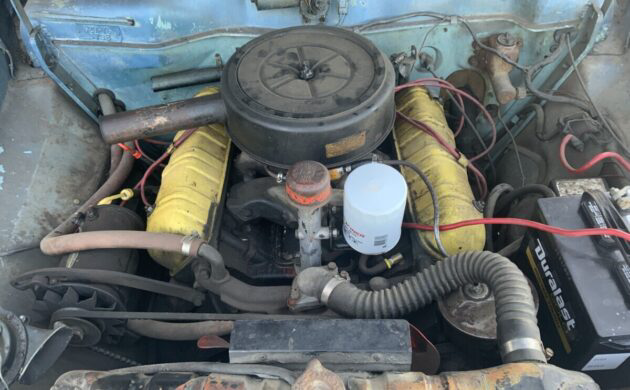
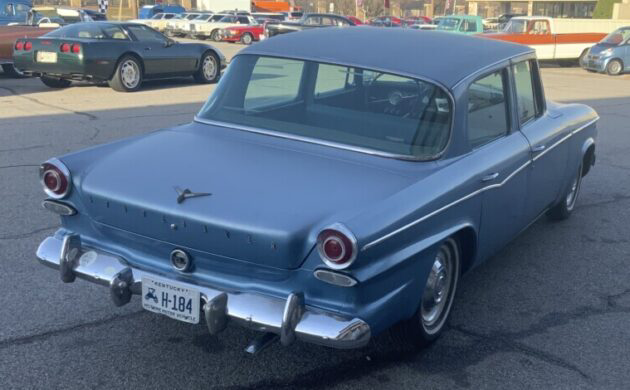


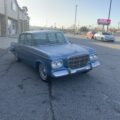
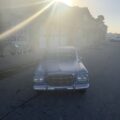
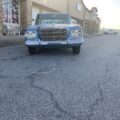
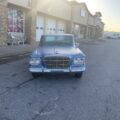





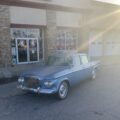
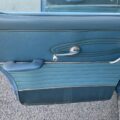


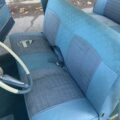

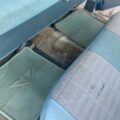
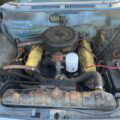
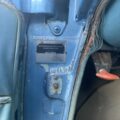


High school friend had one that was similar. His had three on the tree and a pair of glasspacks. We were on a speed run on a country road and at around 100mph I felt pressure on the top of my head. The vinyl headliner had inflated. Kind of an early airbag:-)
I looked at one of these about a year ago in deep forest green. Kind of pedestrian as you enter the car compared to anything else marketed in 1962. Seller made the mistake of telling me he couldn’t keep the car aligned and noises in the front suspension so I backed away. I always liked the final iteration of the Lark with rectangular grille and taillights high on the rear fenders.
If you look closely at those third-gen Larks, their rear fenders were exactly the same as these second-gens, and those taillights you liked were a clever solution Brooks Stevens came up with to cap off the round taillight cowlings and help convert the tail design to a more contemporary rectilinear style.
Rear fenders are the same from 62-66
Most likely the king pin front suspension need rebuilt. My uncle had a 59 2 door post, flathead 6 with 3 speed and overdrive. He had traded a 56 Packard Patrician sedan that was loaded, including air conditioning!. He was on the road a lot and wanted gas mileage, and he got it. 30-32 running 55mph with the overdrive engaged. I would like to find one like my uncle had, and use it for a highway cruiser.
259 or 289?
Mark,
The info says 259, and they did offer both sizes. Considering this is the lower level Lark, it’s likely a 259.
We had a 62 Lark back in the mid 60s. It was a black Daytona 2 door hardtop with a 289 engine and automatic and bucket seats. It wasn’t anything exciting but was a pretty nice and reliable car and different from most of the other cars on the road at the time. I remember the (non-power) steering that felt like you were winding up a rubber band (like most cars of the day) and the Borg Warner automatic that started out in second gear unless you put the lever in L. It was always full of dog hair and the windows were always smeared up because it was the only car our golden retriever was allowed to ride in.
where is the car now?
Color me shocked to learn that FM radios were available in a Studebaker in 1962,
Evan,
While the radio in the car is an original Studebaker push-button radio, It’s either the original AM, or replaced with a very rare 1964-66 Studebaker AM/FM radio. [Can’t tell from the grainy photo which radio it has.]
I would say the interiors of these cars are no more pedestrian than other compact cars which they were sized and priced with…like Chevy II, Falcon, and Valiant. People tend to compare them to full-size Big Three cars for some reason.
Yes, most low cost compact cars at the time had very spartan interiors. The auto companies apparently assumed that no reasonable person would buy a small car because they wanted a small car, but only because they were impoverished and couldn’t afford a big car. For a really stripped down Studebaker, check out the 57-58 Scotsman that preceded the Lark.
A friend of one of my older brothers after getting out of the army in 59 and landing a Government job bought a new Lark. It was baby blue 4 door with v8 and three speed standard. His one brag was it would do 85 in second gear. Also it had reclining front seats for whatever was your intention. Hope this one finds a good home.
God Bless America
johnmloghry,
Like many Borg-Warner overdrives, the overdrive gear can be activated in both 2nd and 3rd gear, and I used to routinely let my 1956 Silver Hawk hardtop with the 4-barrel, dual exhaust & overdrive set-up, pop into 2nd overdrive at speeds around 65, then at about 85, shifting down into 3rd and flooring the go pedal to change back into non-overdrive 3rd, then let it shift back into 3rd overdrive.
Many years ago, while sometimes driving short distances in a straight line, I was always too busy to glance over at the driver next to me, to see if he noticed me shifting the column shift down into 3rd at about 85, but I’ve often wondered if anyone noticed it!
Bill, I assume it’s a simple typo, since there were no Silver Hawks built for the 1956 model year… not ‘till ‘57…
Kenny, you are so right, I’ve had soooo many Hawks over the years that I should have caught the mistake, The car was a Sky Hawk hardtop.
This Lark has opportunities for improvement that an enterprising buyer could DIY, and vastly improve it. A weekend in the engine bay cleaning and repainting, do the seat covers as suggested, and clean up the floors. Ready for Cars ‘N Coffee.
Location and shipping to NJ or GA?
These were police pursuit cars in the mid to late 60s in Melbourne Victoria. Highly respected. GM Holdens, Ford Falcons and Zephyrs were the common cop cars.
The seller should have looked closer before stating this clean little Lark is the original Riviera Blue, a solid color (non-metallic) when clearly you can see it was repainted Silver Blue Metallic like a ’63 Stude. the center of the Firewall shows the original Baby Blue Color.
There also appears to be a little of the infamous Studebaker front fender rust bubbling through on the driver’s side.
Bidding is at $6000? Not sure whether to laugh or cry now.
In ’63 you could buy the R2 version of the 289 in a Lark. A drag racer, Ted Harbit, took a 2 door R2 SuperLark, hopped it up a bit and raced it for many years. You can find videos all over Youtube of this car beating pretty much any hot 60’s muscle car including a ’67 GTO with a 400. Had to be embarrassing for the owners to be beaten by a Lark.
My ’62 GT Hawk has the same 289 engine, without the high HP but with enough torque to cruise in 4th at 20mph.
$6k? Nope.
Yep. That’s what it sold for.